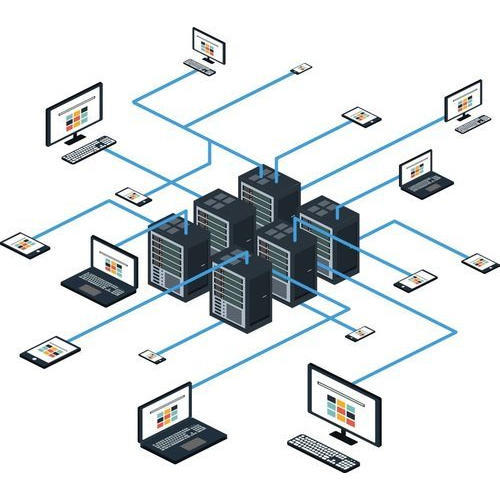Network infrastructure is the hardware and software resources of an entire network that enable network connectivity, communication, operations and management of an enterprise network. It provides the communication path and services between users, processes, applications, services and external networks/the internet.
The primary components of a network infrastructure are typically broken down into three categories:
- Hardware: Cables, wireless routers, LAN cards, switches, routers, and more.
- Software: Network security applications, firewalls, operating systems, network management, network operations, and more.
- Services: IP addressing, wireless protocols, satellite, DSL, T-1 Line, and more.
Businesses depend on a network infrastructure for all aspects of daily operations. Reliable customer contact ensures gaining new clients and retaining current ones. Communication between business and client is one of the most important aspects of retaining happy customers, whether it is by phone or email.
Benefits of Network Infrastructure include: Efficiency, Scalability, Cost-effectiveness, Security, and Reach.

